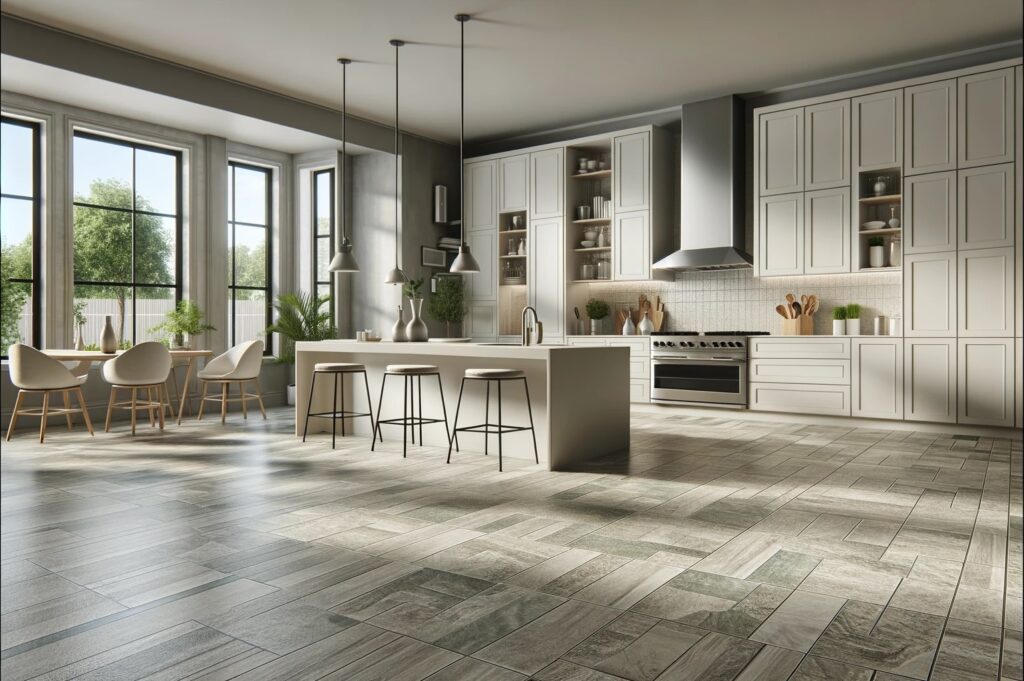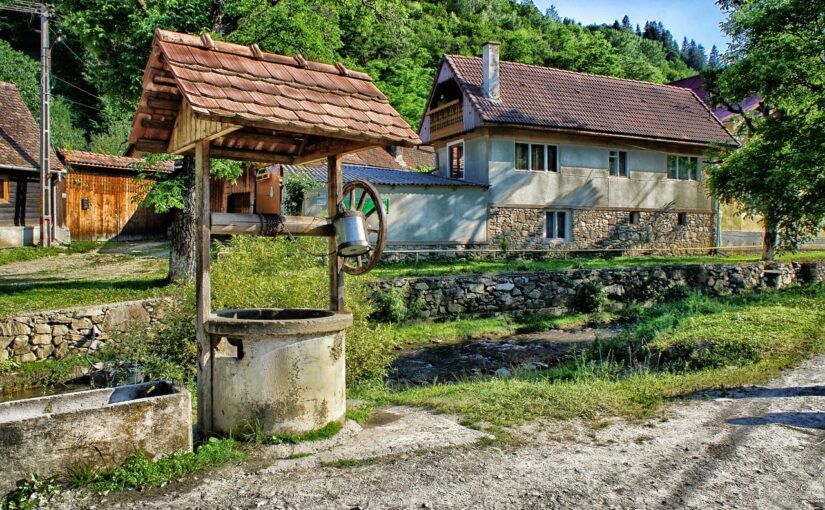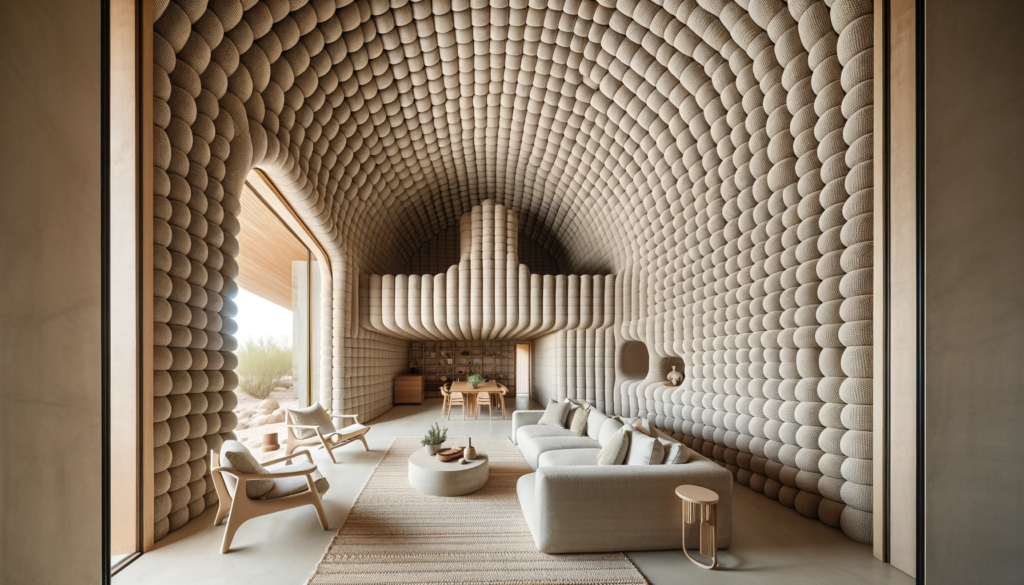The rental property industry is constantly growing and developing. New real estate trends emerge each year, giving property investors and managers something new to work with. These trends evolve around changing lifestyles and tenants’ preferences that change as the world moves forward.
Property investors must know what tenants expect in 2024 to earn the highest profit within a reasonable range of rent pricing. Therefore, property owners must research the rising trends in amenities in 2024 – what tenants expect from rental properties.
Smart Technology Integration
The rental property market is evolving and so is technology. Homeowners incorporate smart technology into their houses every day, creating convenience and comfort for themselves. Property owners are expected to do the same for tenants in 2024.
Here are key aspects of smart technology that you can add to your rental property in 2024:
- Smart locks
- Smart thermostats
- Smart lighting
- Smart appliances – refrigerators, ovens, and washing machines
- Voice assistants
- Smart security systems – video doorbells, motion sensors, and surveillance cameras provide tenants with real-time monitoring and alerts.
- Remote Property Management Platforms – making property management easier by allowing owners to monitor and control smart devices, handle maintenance issues, and communicate with tenants effectively.
Smart technology integration not only allows you to satisfy your tenants but also makes property management easier. Smart technology is the rising trend of the 21st century that creates convenience and comfort and enhances security.
Sustainable Features
Society is increasingly becoming more and more eco-conscious, and potential tenants demand sustainable features on rental properties in 2024. People prioritize eco-friendly practices and amenities in rental homes, avoiding leaving carbon footprints.
Make sure to prioritize sustainability when renovating your property by using green and sustainable materials such as bamboo products, cork, and hempcrete. Property owners can incorporate amenities such as solar panels, energy-efficient appliances, recycling programs, and green spaces on their real estate to appeal to new generations while simultaneously reducing environmental impact.
Wellness Facilities
Depending on the size and build of your property, you could incorporate wellness facilities such as a home gym, yoga studio, meditation room, and outdoor recreation space. There is a growing demand for wellness facilities from tenants. Promoting wellness through property amenities is an emerging rental property trend of 2024.
Working Spaces
Ever since COVID-19, more and more people have started working from home, as it’s more convenient and sustainable. Therefore, members of modern society require remote working spaces on rental properties in 2024.
There is a high likelihood that incorporating a working space on your property will allow you to generate more leads when looking for residents. Residential rental properties greatly benefit from home libraries or even a small working corner with a desk and some shelves in the living room.
A luxurious property could benefit from incorporating a business center equipped with high-speed internet, a private meeting room, and a comfortable work area. This addition will allow rental property owners to make more profit in 2024.
Parcel Management Systems
The 21st century allows individuals to make purchases online, leading to a demand for parcel management systems. Potential tenants will expect securely handled package deliveries and pickups. Features like electronic lockers streamline the delivery process and prevent package theft or loss.
Pet-Friendly Amenities
Residents with furry companions prioritize properties in proximity to pet-friendly amenities. Dog parks and pet washing stations are appealing to pet-owner tenants, as such amenities enhance the quality of life, create convenience for them, and contribute to a sense of community among residents. So if you are looking for ways to catch up with rental property trends of 2024, make sure to create a pet-friendly environment on your real estate.
Community Events and Social Spaces
If you own a large residential property with multiple tenants, consider incorporating social spaces and hosting community events. Modern society appreciates socialization and communication, therefore, events for tenants to mingle could help you improve your relationship with residents.
Moreover, a healthy relationship between tenants will let you avoid complaints from one resident about another and enhance communication. Hosting community events at a residential rental property in 2024 will give your tenants networking opportunities that foster a sense of belonging among residents.
A friendly and comfortable environment for your tenants is a must. As a property owner, creating social spaces and hosting community events in 2024 will allow you to learn more about your tenants and it will also help residents feel comfortable coming to you about various issues, so you can effectively solve them in time.
Final Thoughts
Embracing these rising real estate trends in amenities not only satisfies tenants but also streamlines property management processes, making it easier for landlords and property managers to deliver exceptional service. Whether it’s incorporating smart locks for enhanced security or hosting community events to encourage socialization, investing in amenities that align with tenants’ expectations is crucial for success in the competitive rental market of 2024.
By staying ahead of the curve and adapting to the evolving demands of tenants, property owners can position themselves for long-term success and tenant satisfaction in the dynamic rental property landscape of 2024 and beyond.
Author: Lupka Atanasova



















